Full of life and bustle, Karachi is the hub of all of the country’s commercial activities, with colonial history and a large ethnic population that has also taken part in shaping its current setting and vibe. While the city may be large, it is possible to draw a fair picture of what it feels like to live in Karachi, even in 48 hours. Follow our guide to find out exactly how.
Day 1
Morning
Take an early morning stroll at Clifton Beach, also called sea view, to start your day rejuvenated with a fresh breeze. The Arabian Sea is the heart of life and leisure in Karachi with scores of people visiting it daily for relaxation. If you walk over towards the Village Restaurant, which is a little ahead of Clifton Beach, you’ll come near a mostly empty patch of beach where you could take a quick dip if you’re staying nearby, as there are no showers or bathrooms on these shores.
Next, it’s time to catch some breakfast so head to Xander’s Cafe, the Clifton branch, which serves scrumptious continental food and particularly good breakfast. Their outdoor seating area is perfect if you are looking forward to catching some sun and prefer sitting near trees and flowers.
Once satiated, enjoy art in some of the city’s best art galleries, only a short distance away, namely Canvas and Gandhara. Using Google Maps, you can quickly walk towards Canvas first, which one of the oldest and most renowned galleries for holding some of the best pioneering artists and exhibitions. Next, you can walk to the nearby Gandhara Art to witness some exemplary works of modern Pakistani art, as well as young budding talents.
Afternoon
In the afternoon, grab brunch and drinks at Café Flo, which serves exceptional French fine dining cuisine in a lovely and quaint setting. You may be asking yourself when you will get to try Pakistani food, so let me tell you that your day two itinerary is all about local cuisine – we’re just warming your stomach up!
After brunch – or lunch – book an Uber to head over to the Tooba Masjid, a pretty low domed structure that is a product of intricate Islamic architecture and contemporary aesthetics with its light blue walls and large white marble dome. The serenity and peace found here will wash over you in the silent afternoon hours and the green lawns that surround it are perfect to de-stress for a while.
From the Tooba Masjid, head over to the National Museum of Pakistan on Burns Road. This museum contains an extensive record of the cultural history of Pakistan in forms of art, artifacts, relics, coin, documents and Quranic scriptures in its 11 different galleries. Art pieces showcased in the museum come from the ancient Indus Valley Civilization, the Gandhara Civilization and the Islamic Golden Age, which include miniature paintings.
Next, head to the State Bank Museum, which the most prominent money museum in the country with seven galleries displaying various ancient and contemporary currencies, coins, stamps and art. The building that holds the museum is a work of art with its colonial era design constructed in the 1920s in pink stone. From bartering to our current economic system, there is information available on all things money. You’ll also find some beautiful works of art by Pakistan’s most celebrated and incredible artist, Sadequain.
Evening
If you are in the mood, you can enjoy a cup of refreshing chai on the way to your next destination at one of the many roadside dhabas, which you will encounter on the way. Alternatively, you might be hungry after all those museum visits. Stop by at Chai Wala‘s Clifton branch for some delicious Pakistani snacks, like paratha, with various stuffings, chai and finger food. The dhaba is colourfully decorated and is definitely a vibrant place to witness an important element of Pakistani culture.
A short drive away is the beautiful Mohatta Palace, which is a monument, an art gallery and a spectacle of majestic Rajasthani architecture. It was built in 1927 for a Hindu Prince and has now been transformed into an art gallery whose sections hold different sculptures and exhibitions that showcase the culture of Pakistan and its socio-political history. The beautiful building is accompanied by luscious green lawns and age-old trees, which are the perfect place to unwind after a busy day and watch the day turn to night.
After visiting the Mohatta Palace, head towards Port Grand, which is a seaside establishment next to the Port of Karachi featuring numerous eateries and other entertainment options like fire shows, boating and musical and performance art shows. If you are interested in ships and docks, then this is an excellent place to check out as it’s surrounded by ships of all sizes that stop at the port. There are local, continental, Arabic and Western food options for dinner. Some of the best include Pakistan’s own OPTP for the most delicious french fries with a spicy and garlic sauce.
Day 2
Morning
Start your morning with a hearty Pakistani-style breakfast with aloo, chana, halwa, poori and chai, also known simply as halwa puri, at Boat Basin’s Dera Dhaba. Once you’re done, hop over to Frere Hall to step into the 1860s when the building, which was supposed to serve as a Town Hall, was first created. Gaze at the facade’s Victorian-Gothic style of design and then, head indoors to admire Sadequain’s mesmerizing rooftop mural. The abstract yet clearly symbolic work of this painter is recognized world over and is not to be missed.
Next, walk five minutes to the closeby Flagstaff House, also known as the Quaid-e-Azam Museum. The house serves as a museum revealing the social and political life of the nation’s founding father, Quaid-e-Azam, with many vintage era personal belongings and furnishings that are unique and fascinating. The structure itself is also very interesting, being Victorian but residential, hence sporting interesting balconies and foyers.
Afternoon
There are plenty of shopping spots in Karachi, given its massive size and diversity, but no other place specializes in local crafts and items like Zainab Market on Zaibunnisa Street. Head over to this narrow alley based bazaar to discover ethnic treasures from all over Pakistan like gemstone jewellery extracted from the northern hills, Pashmina shawls from Kashmir and metal jewellery from the southern plateaus. You will find ample amounts of beautiful souvenirs to take home for family and friends. Outside the bazaar, you will find many street vendors selling yummy street food and drinks like lemon soda, fresh sugar cane juice, bun kebabs and the must-try sev puri with masala.
Your next stop is Zahid Nihari for lunch on nearby Mansfield Street, a restaurant that serves Pakistan’s decadent national dish called nihari, which is a slightly spicy flavourful meat stew eaten with naan bread.
Evening
Next, walk to Saint Patrick’s Cathedral at Shahrah-e-Iraq. This intricately striking Cathedral was built in the style of Gothic Revival architecture. Its interiors are lavish, warm and inviting with colourful stained glass windows and wooden furnishings.
Then, make your way towards Quaid’s Mausoleum to admire Karachi’s most popular monument. The building was inspired by the Samanid Mosque in Uzbekistan but in a more minimal style with its facade laid in pure white marble. On the inside, there is an extravagant chandelier on the roof right above the underground tomb, which was gifted to Pakistan by the Chinese government as a gesture of friendship and alliance.
Night
Visit the shrine of Abdullah Shah Ghazi if you fancy witnessing the atmosphere at the tomb of Pakistan’s most respected and loved Sufi saint and poet, where hundreds of people go on a daily basis to pay their respects. You will find people from all walks of life here, arriving with flower garlands, petals and printed fabrics placed on top of the tomb’s grave. Music is often played or made with devotional drum hitting, often accompanied by singing or recitals of the of many famous poems written by the saint.
Finally, recluse for dinner in the serene spacious gardens or the exquisitely furnished interiors of Ambrosia Restaurant on Hatim Alvi Road. Specializing in Mediterranean cuisine, this fine-dining restaurant is sure to awaken your senses and satisfy your taste buds.

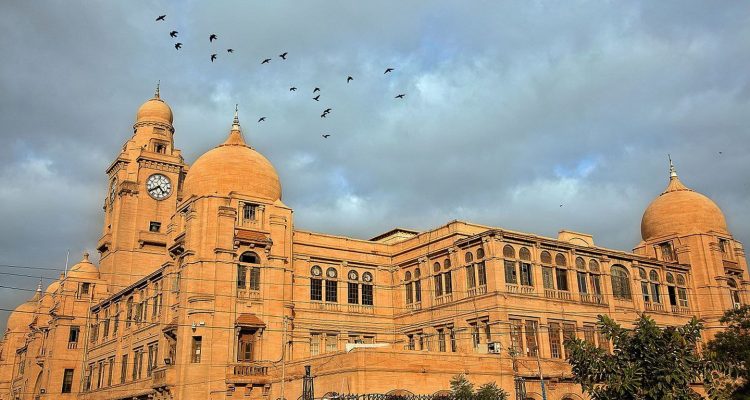
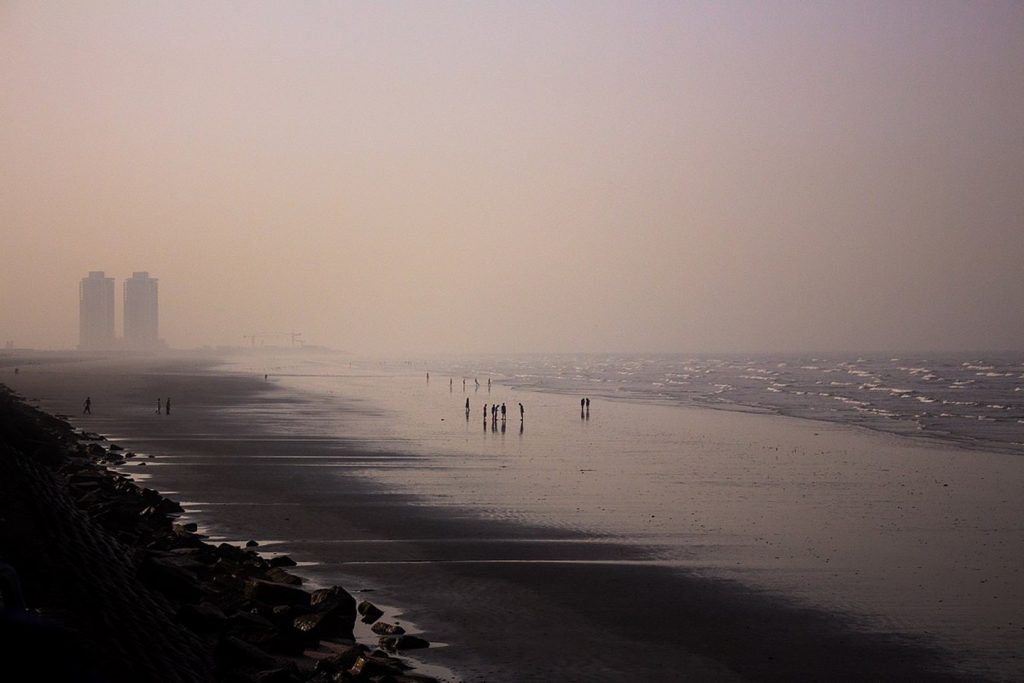
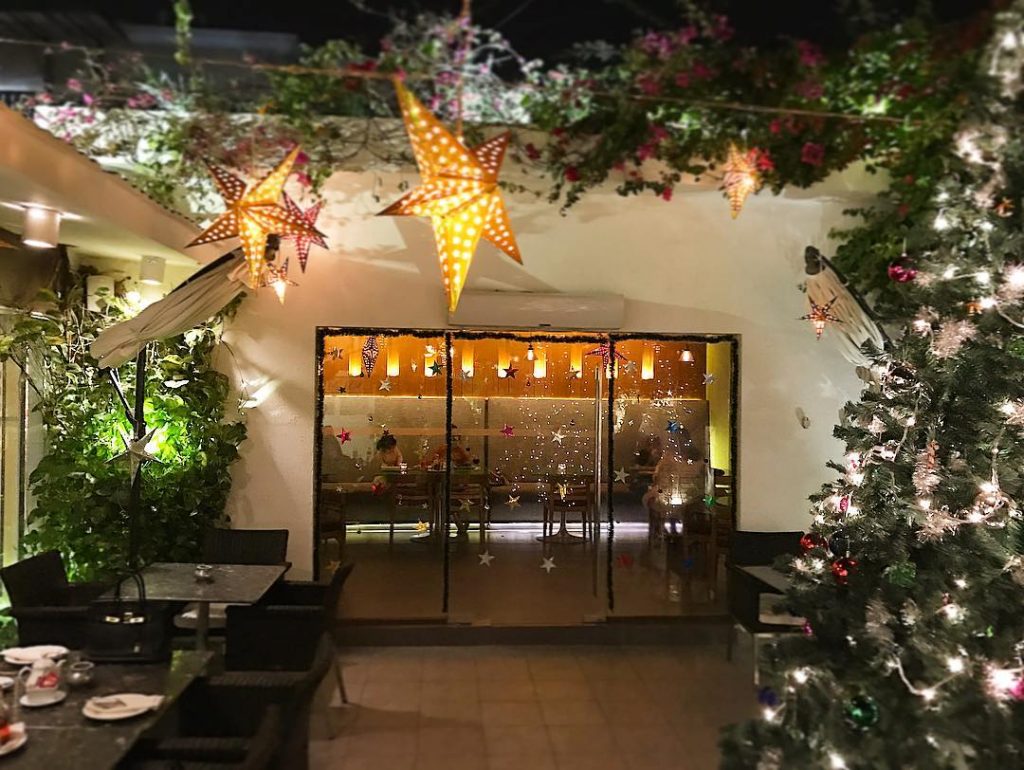
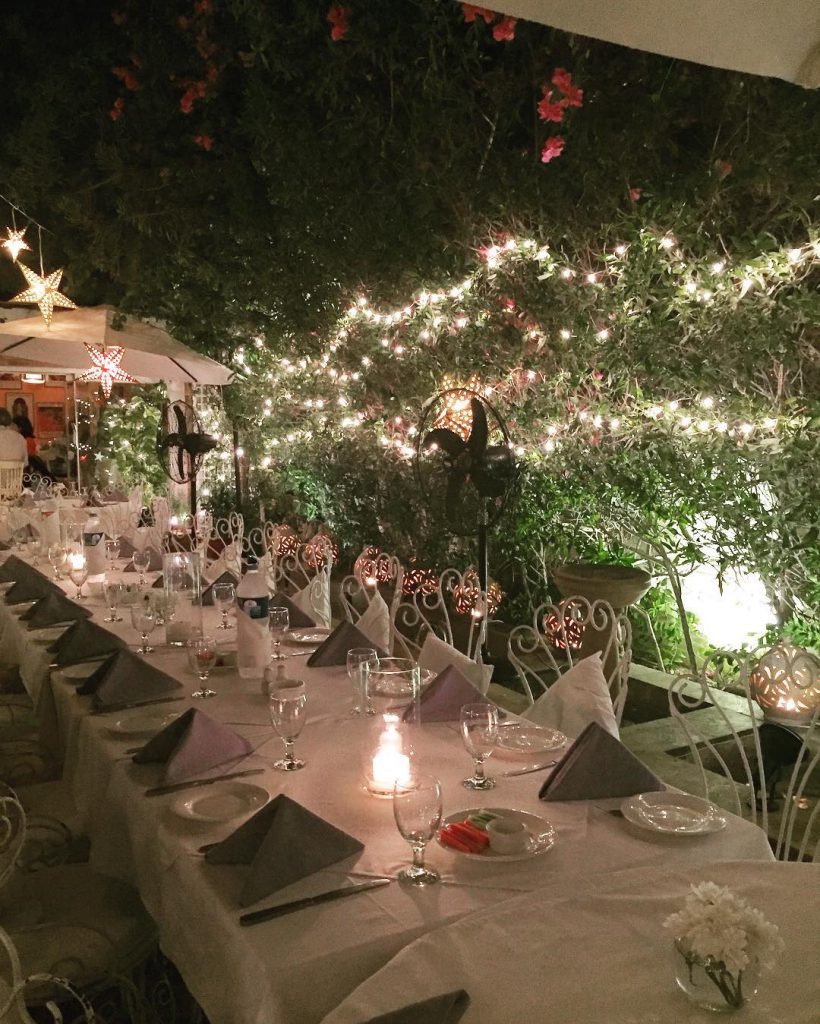
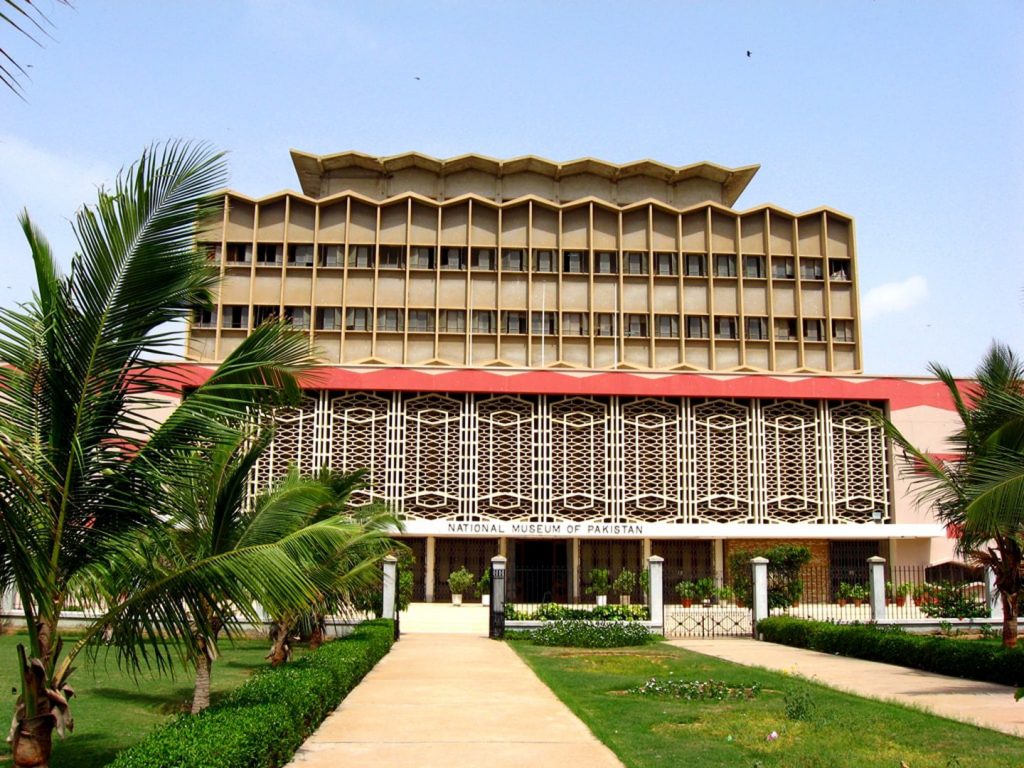
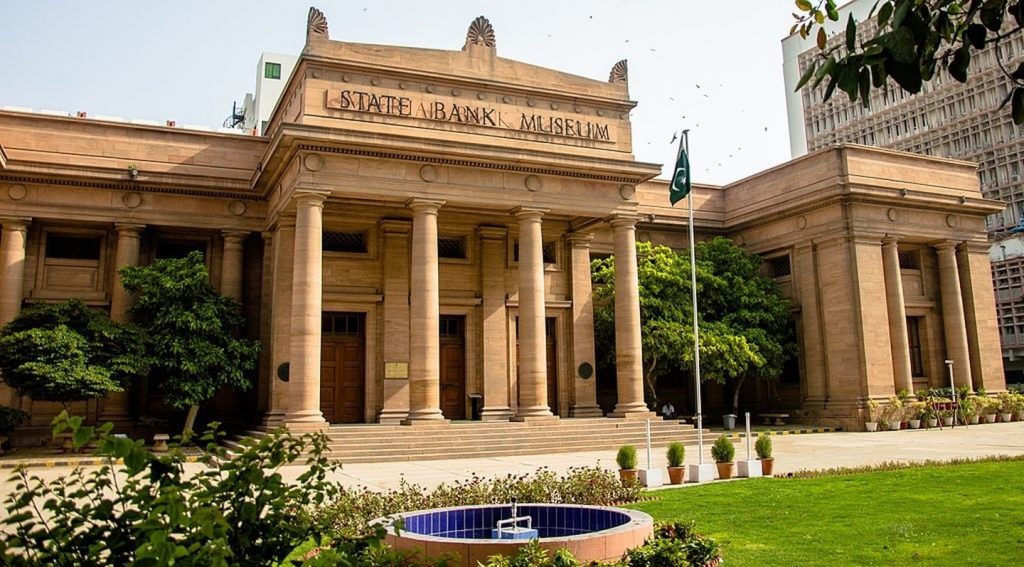
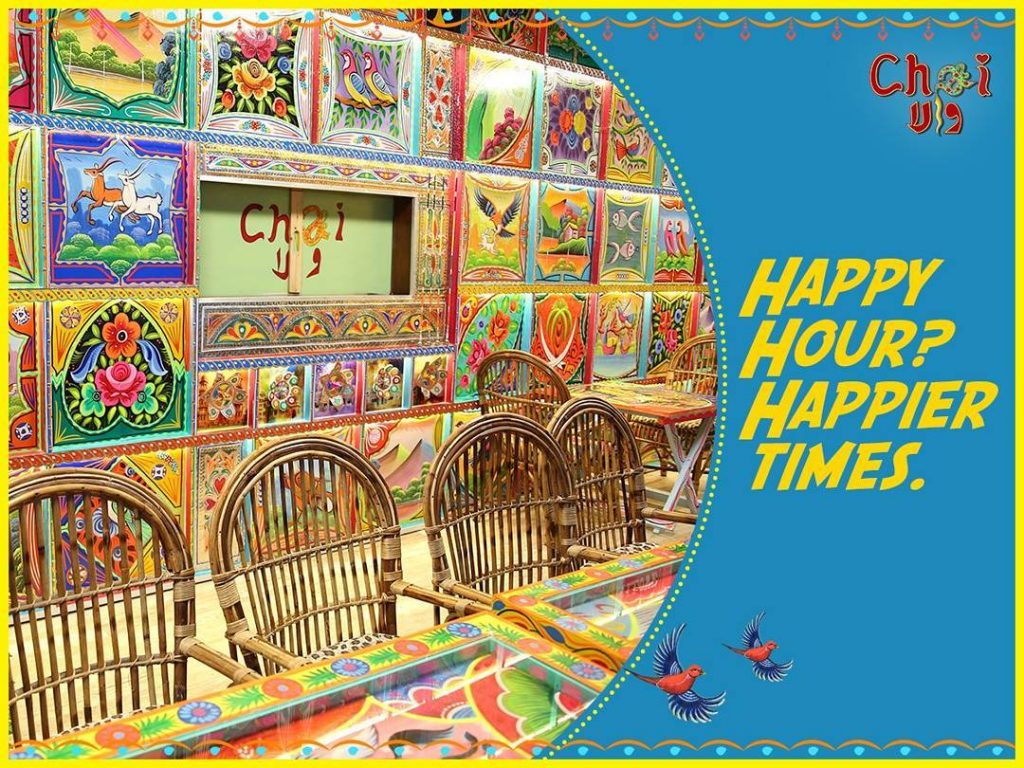
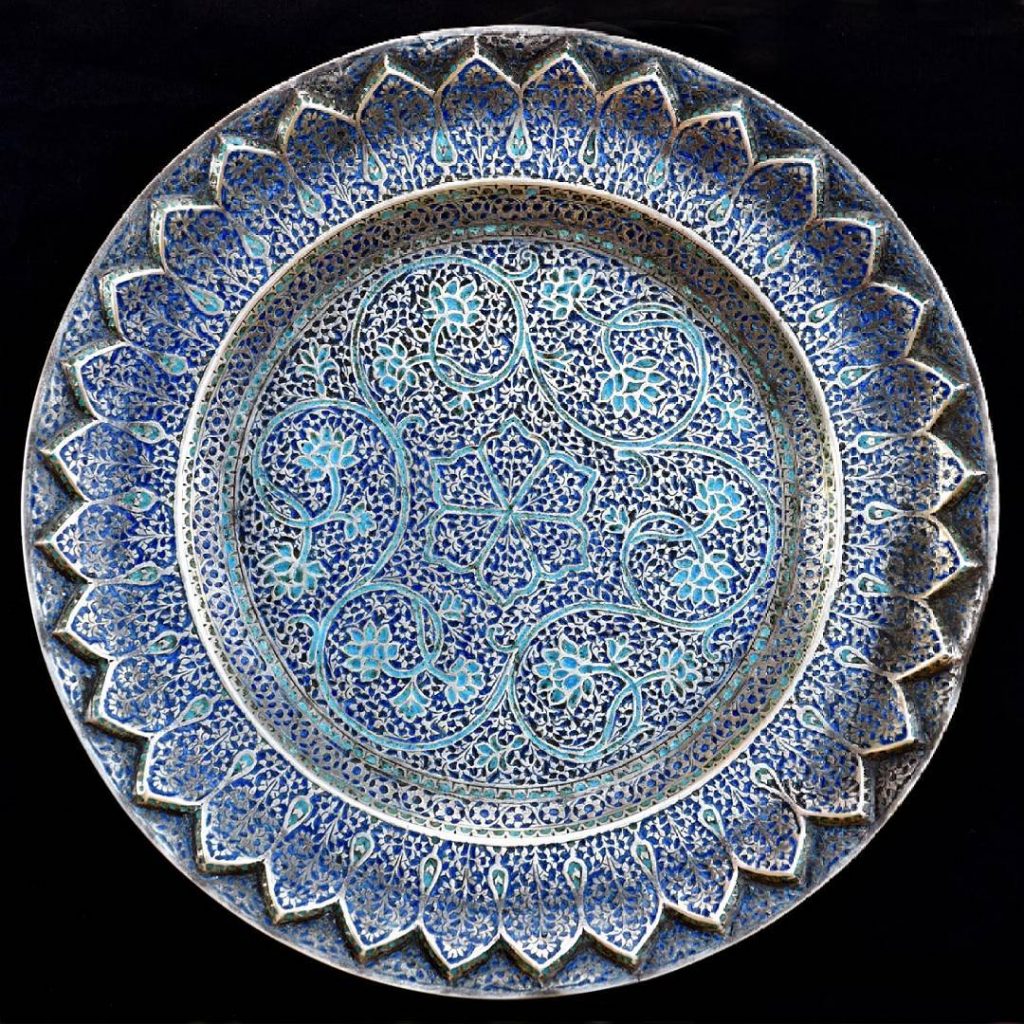
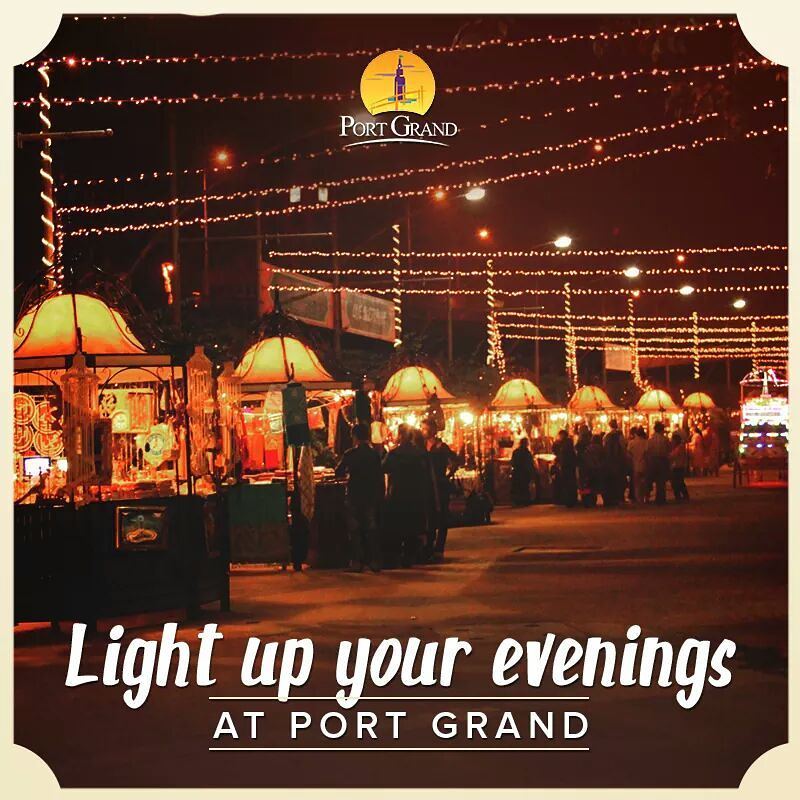
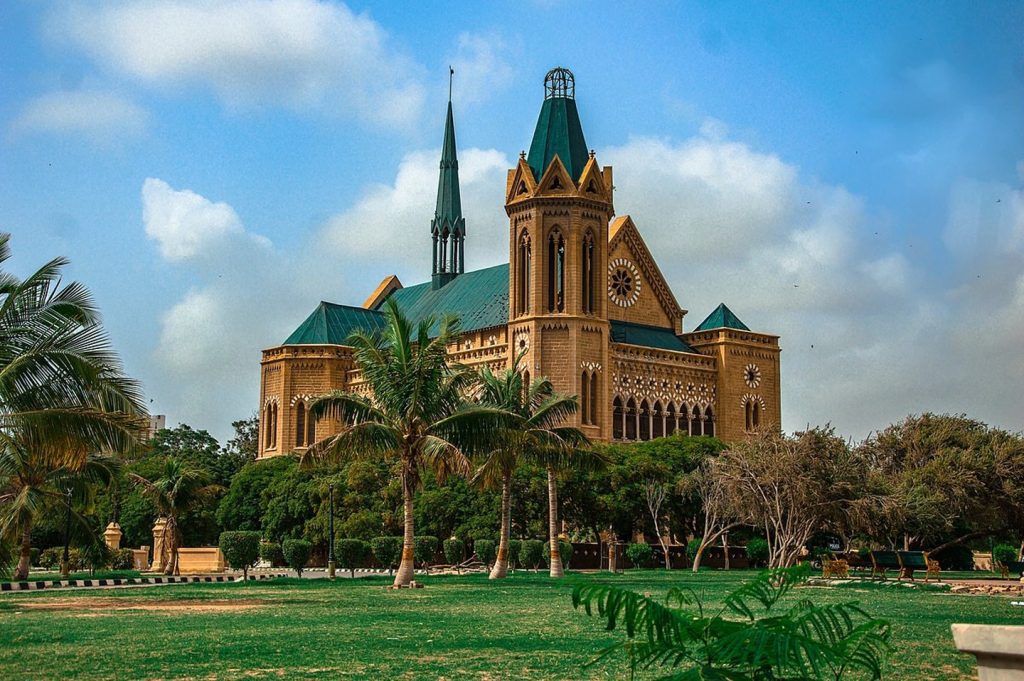
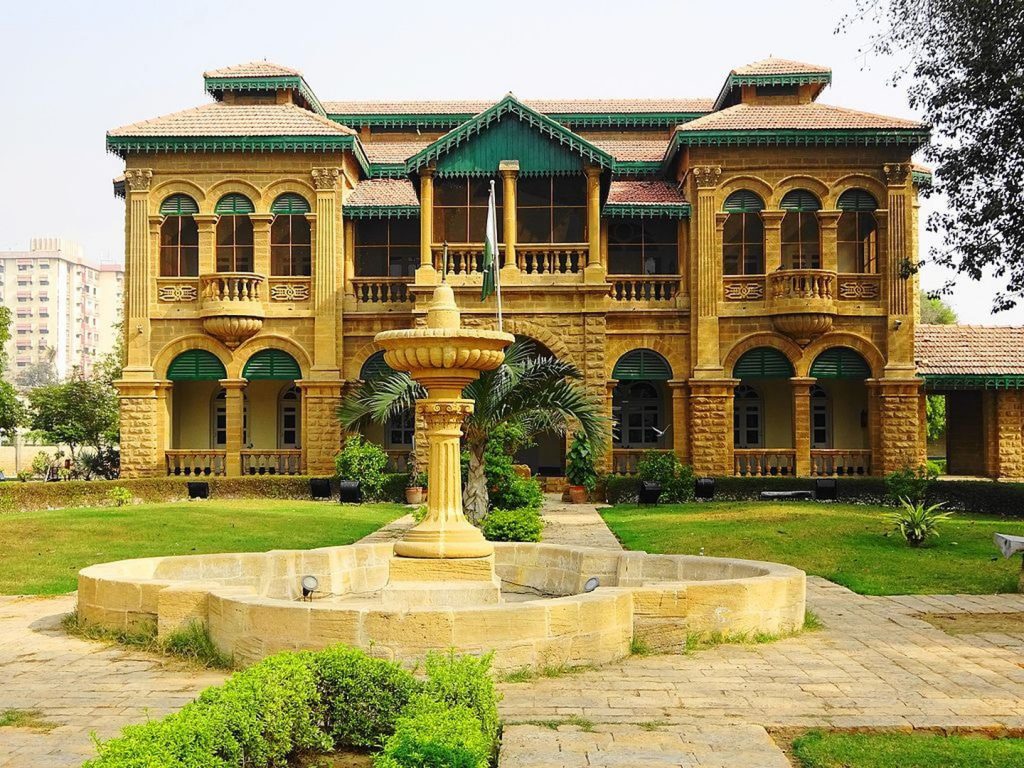
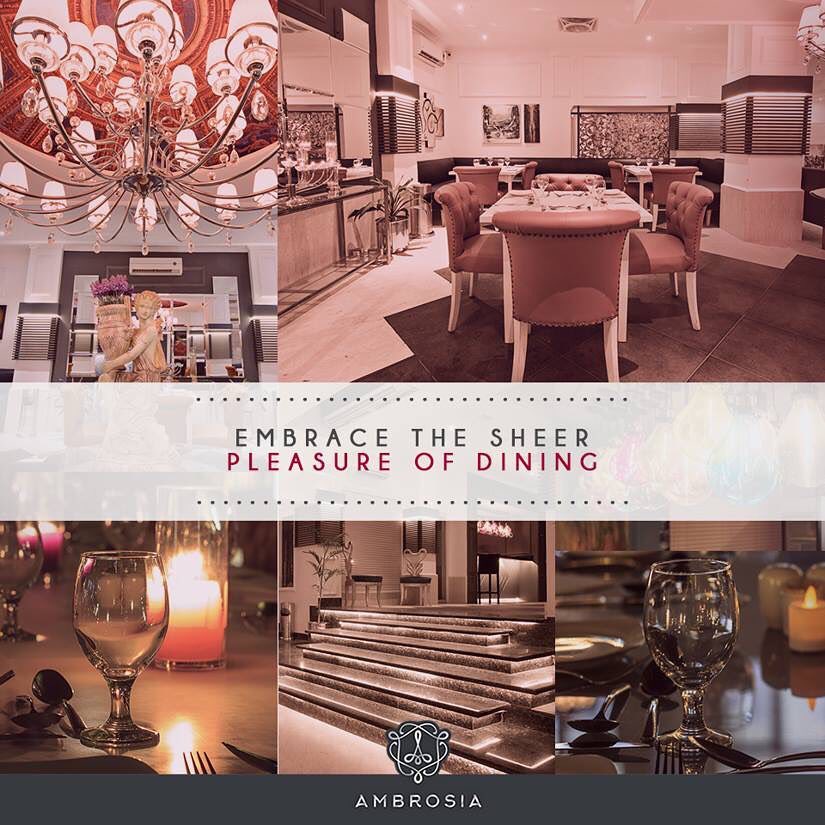
Leave a Reply